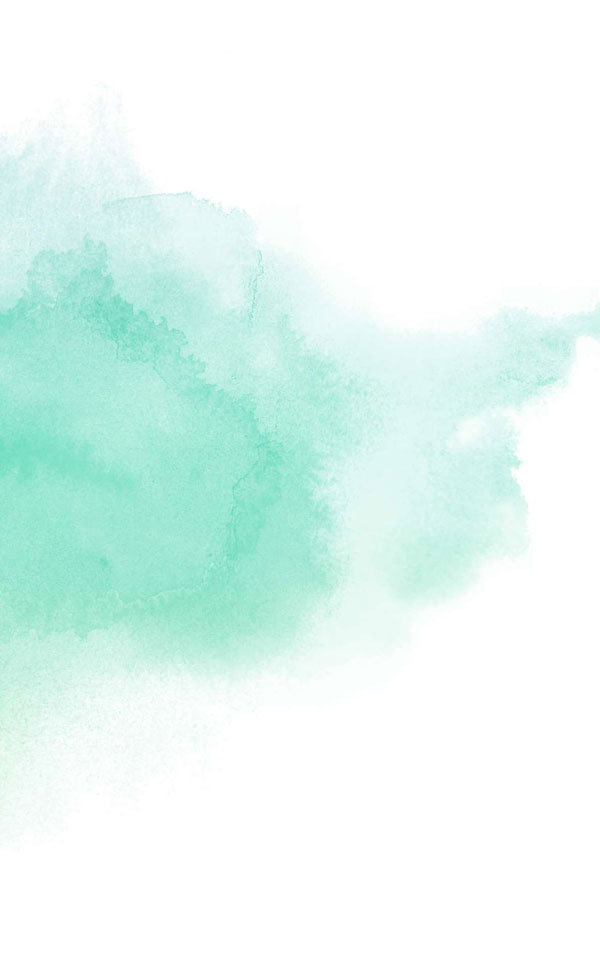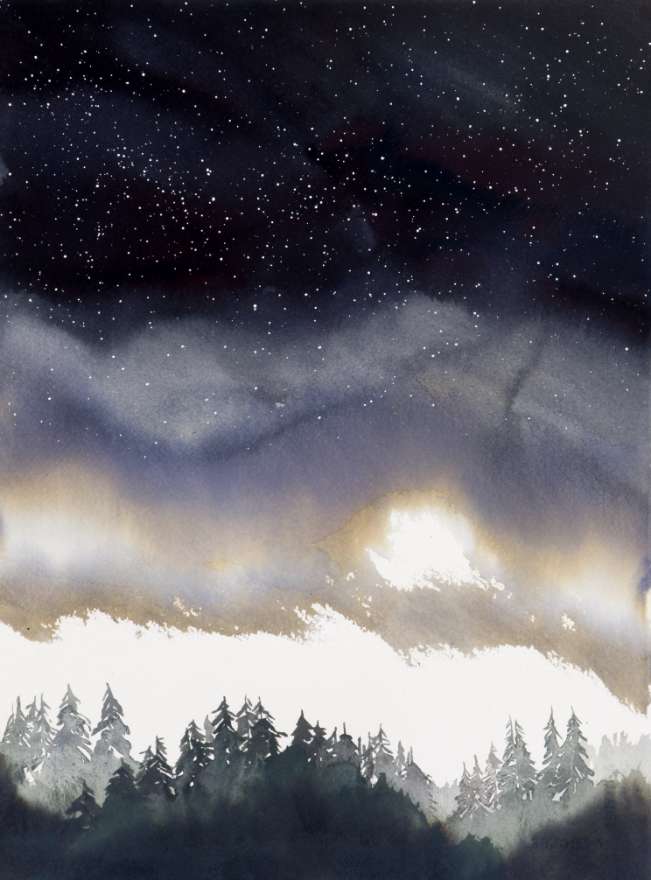"Environmental thought" starts from the ability to observe a phenomenon and know how to make wider connections. A few experiences.


As a child, I would lose myself in the pictures of the beautiful illustrated books that were typical of the eighties. The first watercolours I remember seeing were the paintings of Pinin Carpi, Paul Klee and Hugo Pratt.
I still have an edition of The Secret Path by Carpi: I used to dive into his villages, his forests inhabited by my imagination. The nature described here had no limits, and Carpi's watercolour added to this.
Growing up, the nature in my imagination was fed by the nature I experienced during summers spent in the mountains. My parents were creating the foundations for a passion that today is my source of inspiration.
Almost like a good luck ritual, my day starts with a walk in Monza Park, accompanied by Macchia, my sheepdog.
I like to follow the same path, without thinking about the route, losing myself in the details of the forest; this way you pause to look at the geometry created by nature among old, abandoned branches, blades of grass coated in frost and rosehips.
This is time I take for myself, and it helps me to channel the right concentration before sitting down at the worktable in my studio.

Intuition and talent are important, but they are not enough; you need a lot of practice, and after twenty-five years of creating watercolour paintings, I have realised that the secret is managing to open up a dialogue between that colour-stained water and your heart, your mind, and finally your hand.
Water is fundamental: as well as diluting the colours, it also serves to make the images drift; to give the idea of wind, movement; to unite a body with its shadow.
But this sheet of white paper - how do I fill it, where do I find the inspiration? Books and travels, fantasy and reality.
My literary and artistic passions are decisive references: over the years, I have read and fallen in love with the books of Mario Rigoni Stern, Primo Levi, Tiziano Terzani, Paolo Cognetti, Jack London, and more recently John Muir, Erling Kagge, Ralph Emerson.



Travel has been a great opportunity to form new friendships, or strengthen old relationships.
I am reminded of one of the most wonderful trips, which I experienced two years ago: Paolo Cognetti asked me to accompany him on a new adventure, which would lead us to clock up many miles among the forests of British Columbia, always wet with rain, the turquoise lakes of the Yukon, and the arid steppes of Alaska. On that occasion, in his log cabin at Day Lake, I introduced Paolo to my dear friend Gianni, or Old John, as everyone calls him in that desolate land. He is the man who, eight years ago, gave me the chance to come face to face with a pack of wolves on a frozen lake. That silent, eternal encounter changed me profoundly. New watercolours, new books, old passions and future projects were born.
Sometimes it surprises me to think just how much my travels have fed new lifeblood into my artistic projects. The forests and wolves of Day Lake were the inspiration for illustrating The Call of the Wild by Jack London, for Nuages editions, and the most beautiful dawn I have ever seen, in Binsar (Indian Himalayas), for creating the covers for the work of Tiziano Terzani.


After creating watercolour paintings that could enrich the words of writers, I felt a strong desire to tell the story of part of my journey. A journey that starts from my lodge in High Valmalenco Valley, at 1800 metres, where I spend the summer months, and ends giving thanks to Nature, who in my paintings appears almost as a silent mother, accompanying me in my growth as a man, as an artist.
I live off nature and those forays into Her that involve great open spaces, long walks, few people, and contemplation. Observing and listening to unspoilt nature is a source of inspiration; you are there, among forests and mountains, clouds and stars - it is all around you and you feel protected, comforted; something speaks to you, and guides you. A return to nature is a return to ourselves.
Up there, immersed in the forests of spruce, Swiss pine and larch, or in the warmth of the stove, I certainly do not claim to live as a hermit, but rather with the will to converse with Her.
To do this, you need to open yourself up to Nature, let yourself go, dissolve yourself and then take on a new form with her; maybe this way, you will truly experience a sort of freedom.
Images Credits:
© all watercolors are by Nicola Magrin
"Environmental thought" starts from the ability to observe a phenomenon and know how to make wider connections. A few experiences.
Name: Valeria Margherita Mosca.
Passion: the environment, and collecting wild, unexpected plants and fruits in total respect of nature.
